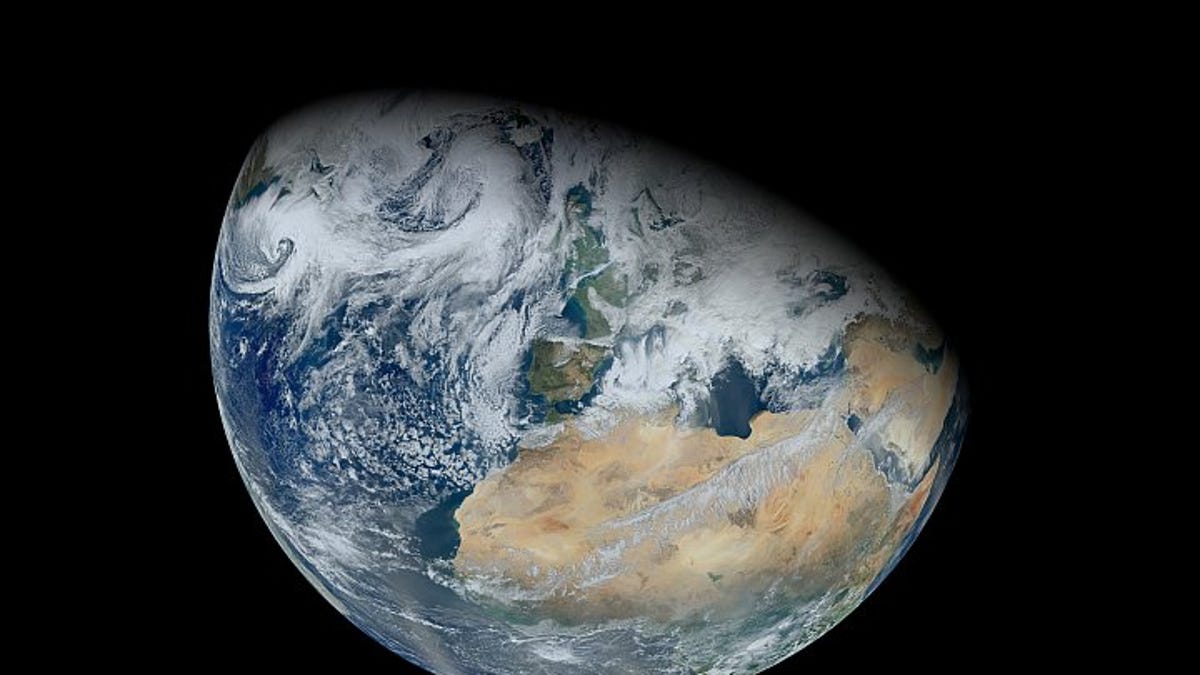See a billion years of Earth plate tectonics movement in just 40 seconds
Antarctica was "once quite a nice holiday destination."

NASA captured this scenic view of Earth.
Carole King's song I Feel the Earth Move would be the perfect soundtrack for a stunning new video that shows a billion years of plate tectonic movement on Earth condensed into 40 seconds.
An international team of geoscientists created a model of tectonics that lets us witness the radical changes in how our planet looked over an eon of time. Continents shift. Oceans reshape. The world is almost unrecognizable until we move closer to modern times.
Plate tectonics is a theory about large pieces of rock ("plates") that move over the planet's mantle. These plates can account for radical changes in the locations of landmasses over long stretches of time.
The scientists published a paper on the model in the March 2021 issue of the journal Earth-Science Reviews.
"On a human timescale, things move in centimeters per year, but as we can see from the animation, the continents have been everywhere in time," said co-author Michael Tetley in a University of Sydney statement on Monday. "A place like Antarctica that we see as a cold, icy inhospitable place today actually was once quite a nice holiday destination at the equator."
The video isn't just a novelty. The University of Sydney said the ability to model plate tectonics like this will help scientists understand not just the physical movement of the plates, but also "how climate has changed, how ocean currents altered and how nutrients fluxed from the deep Earth to stimulate biological evolution."
The story of plate tectonics is tied into the story of our planet's habitability. "With this new model," said geoscientist Dietmar Muller, "we are closer to understanding how this beautiful blue planet became our cradle."

